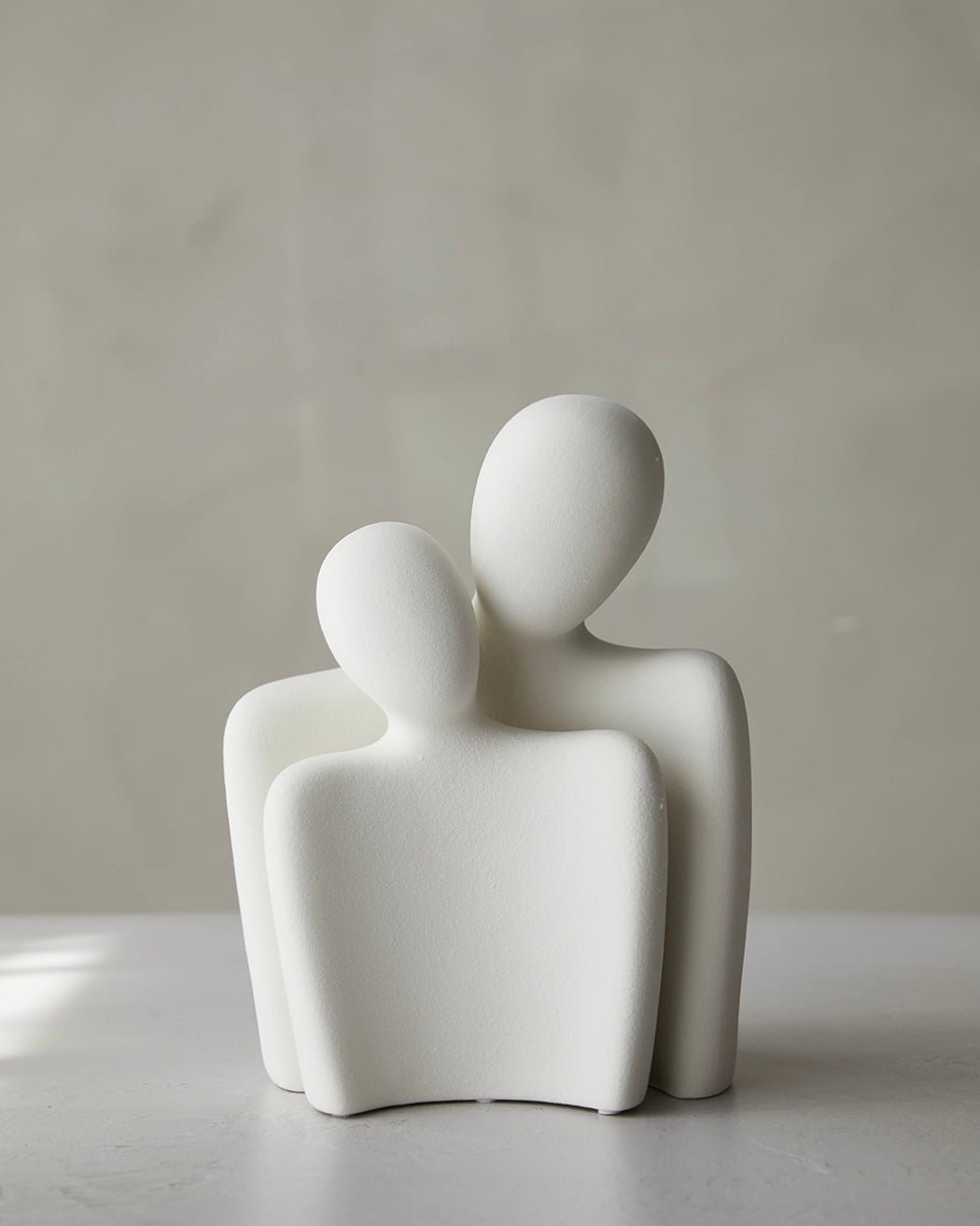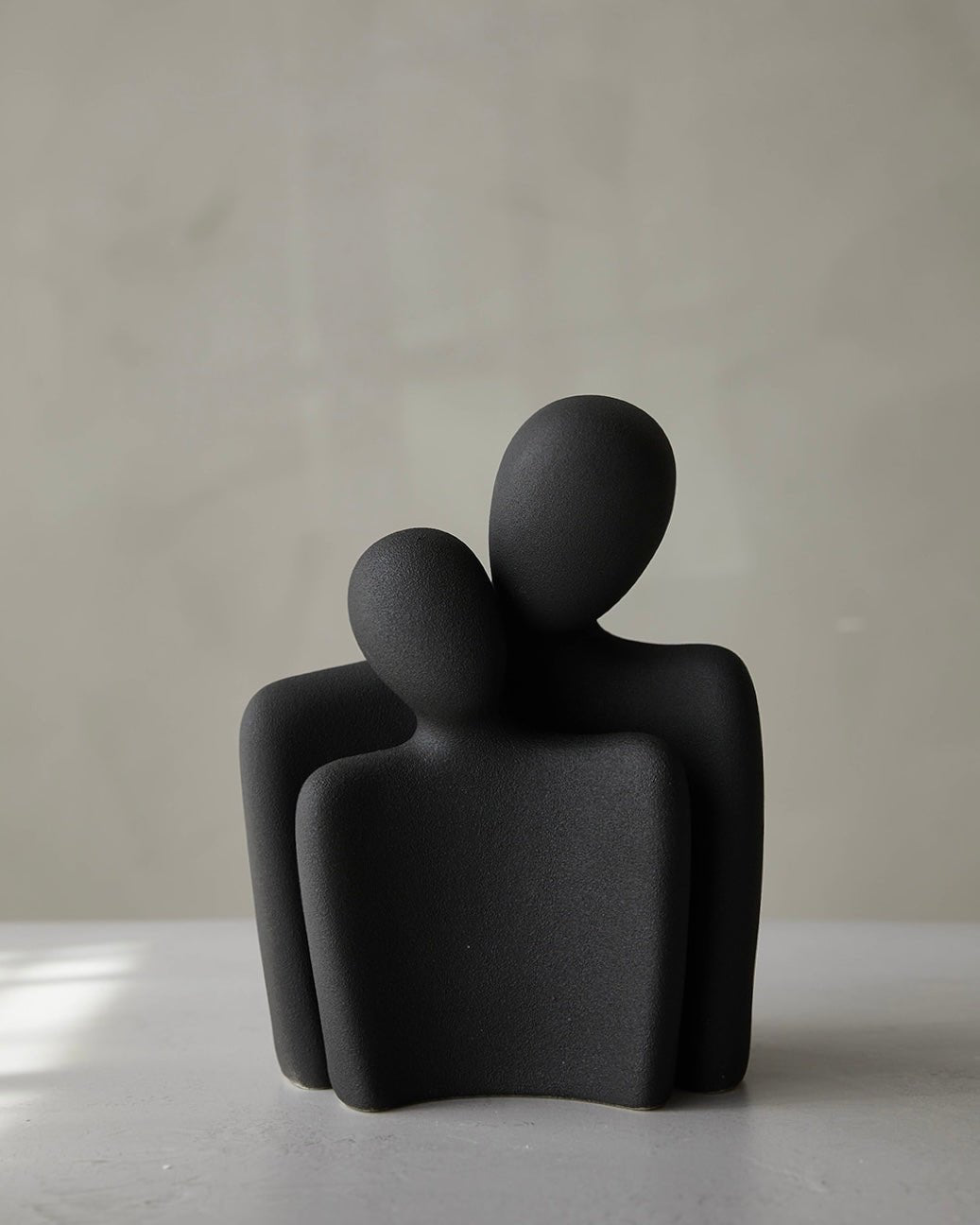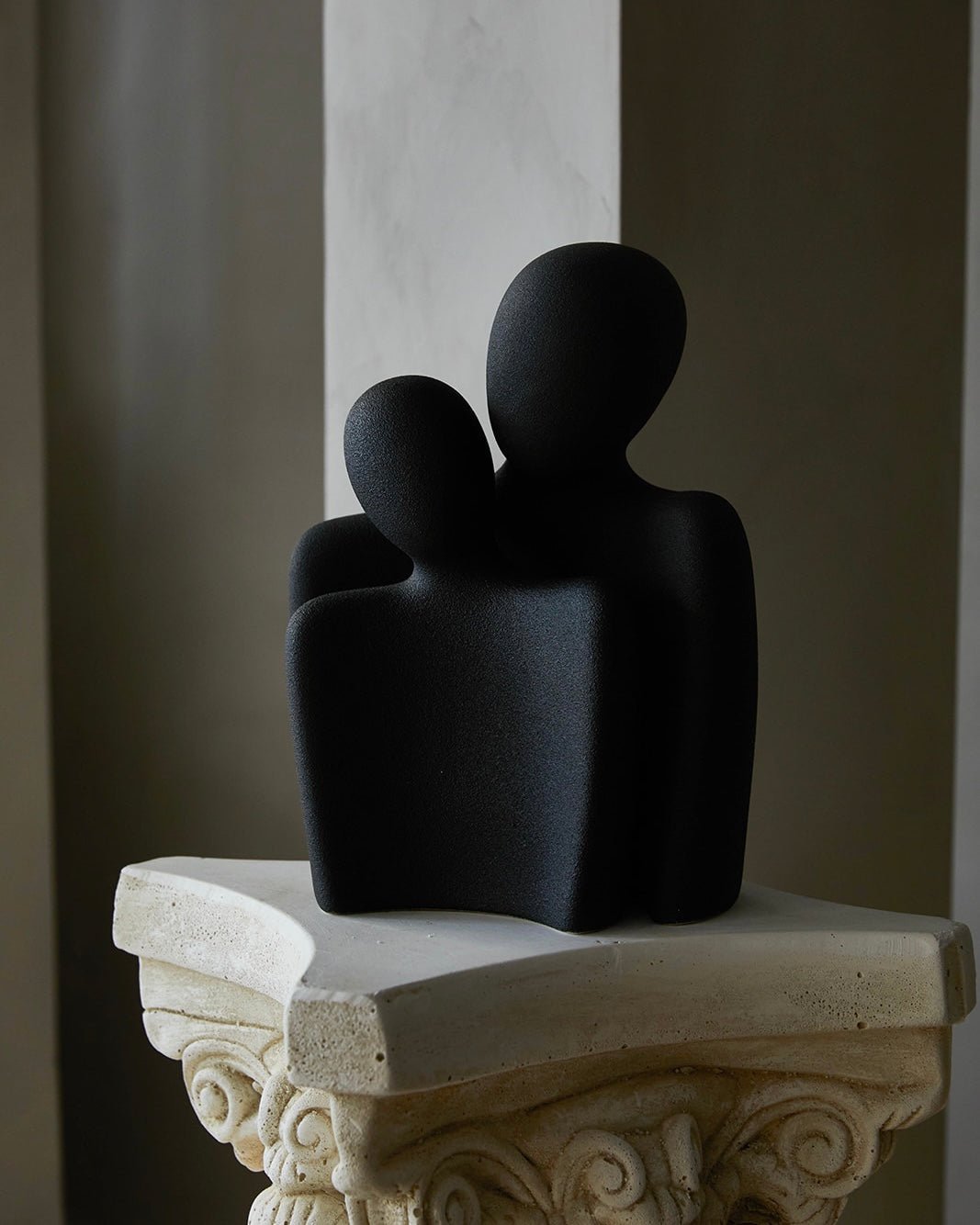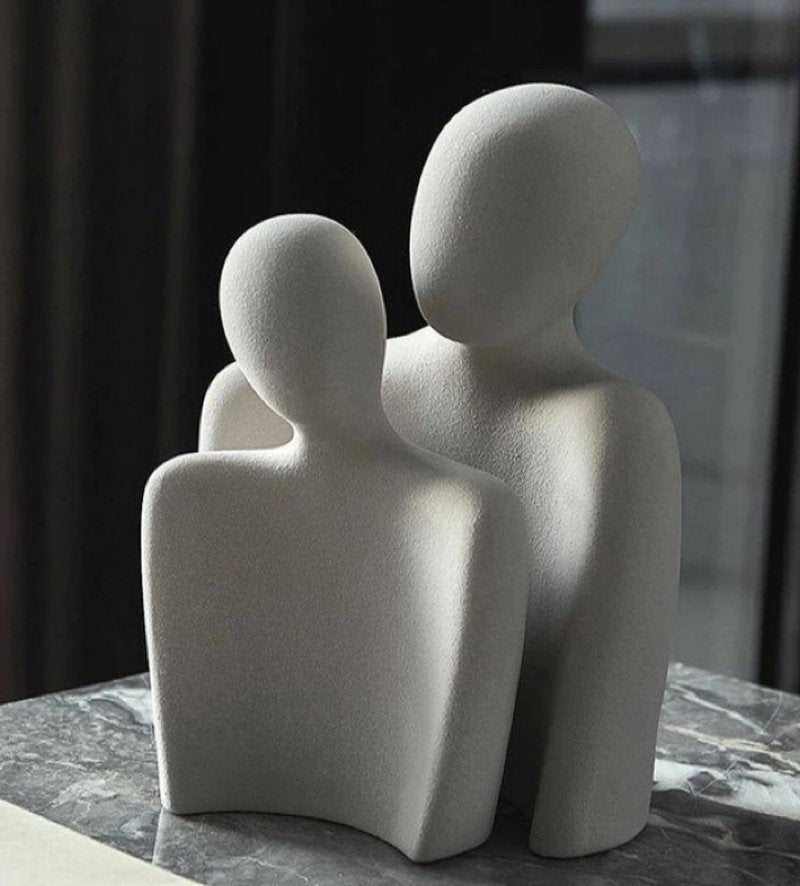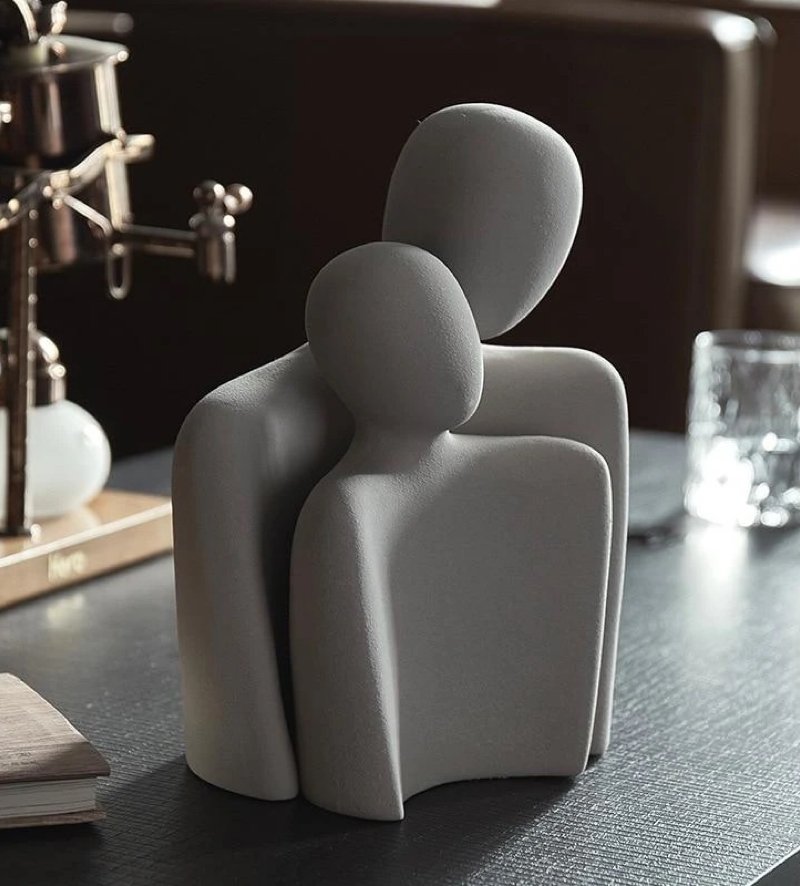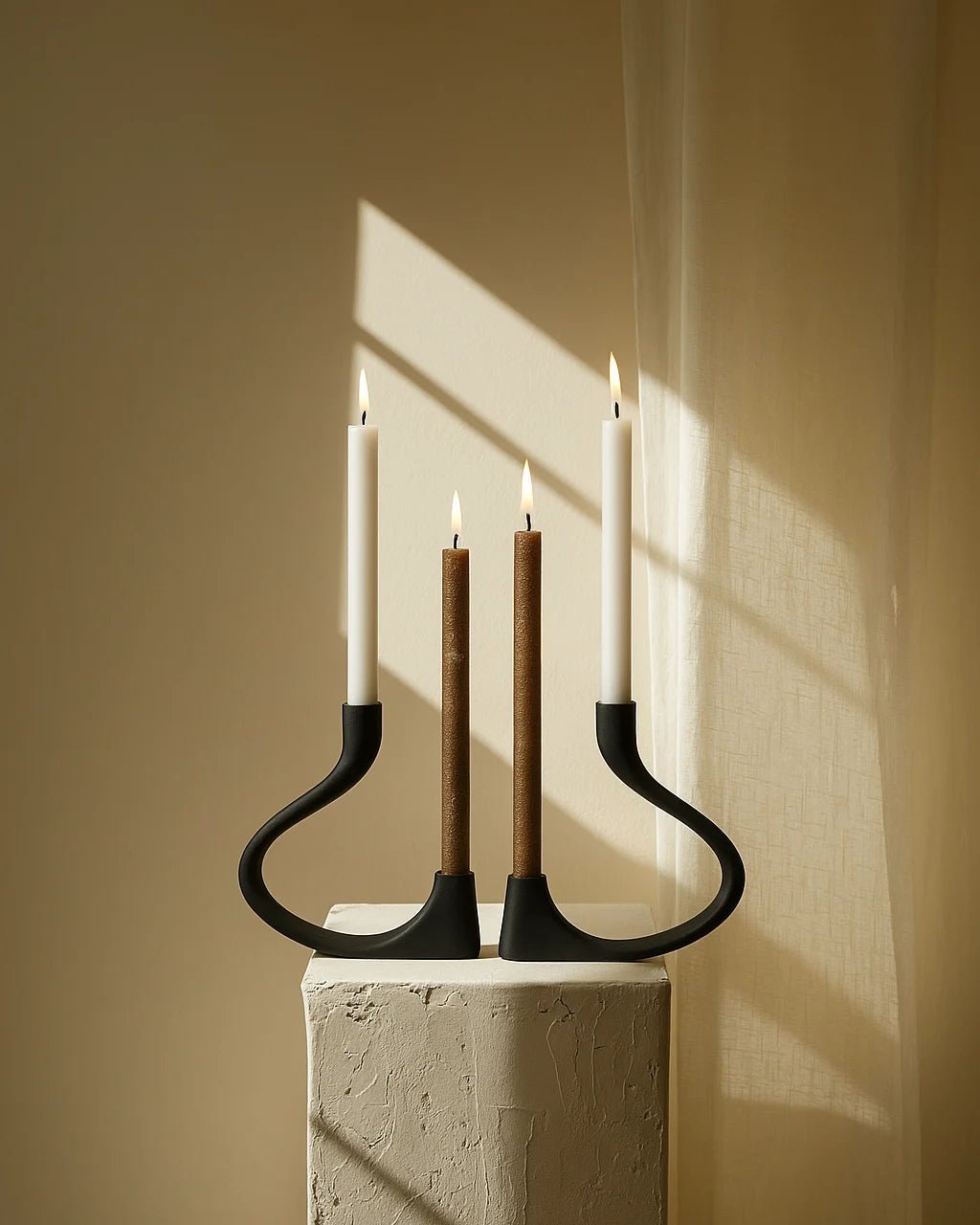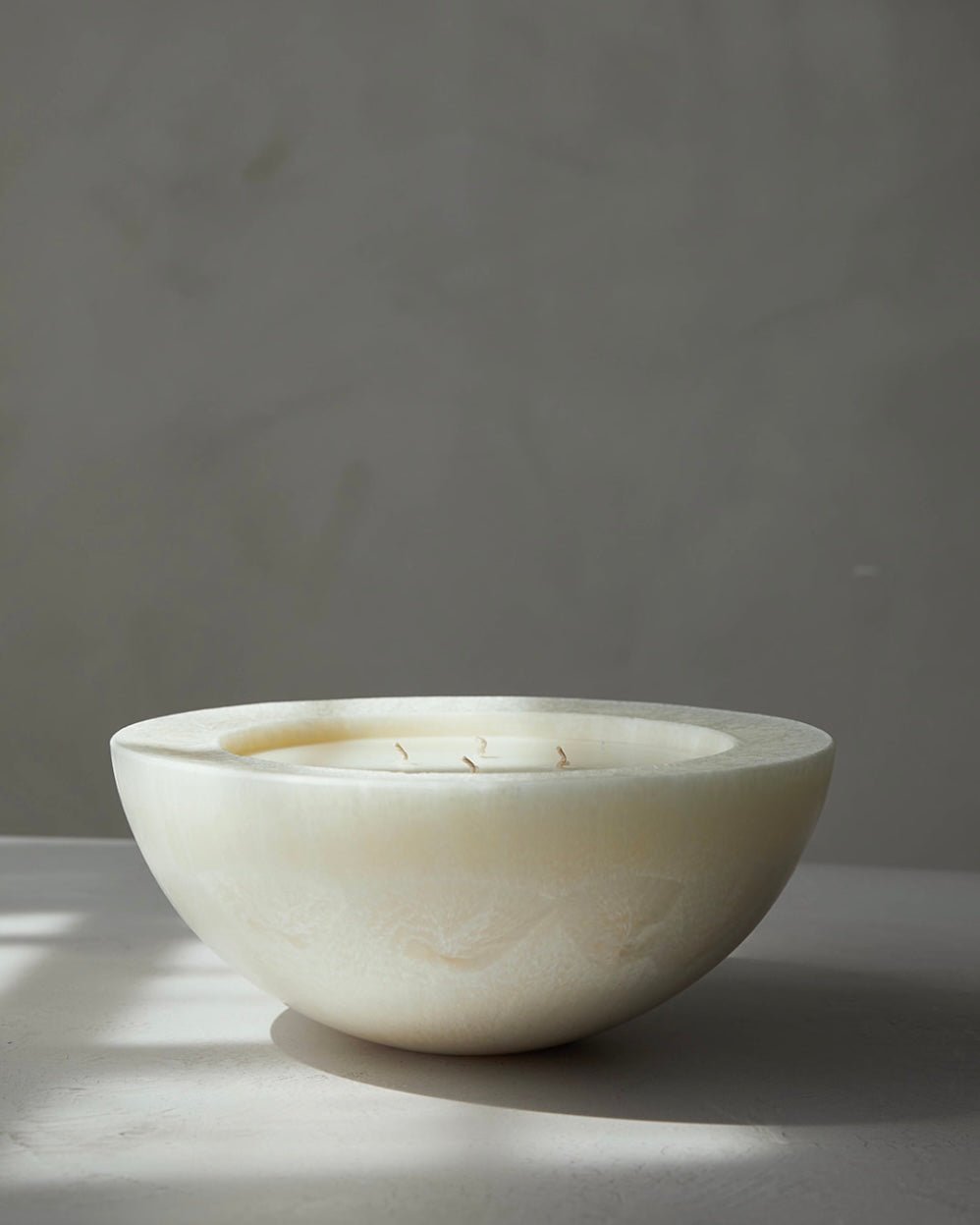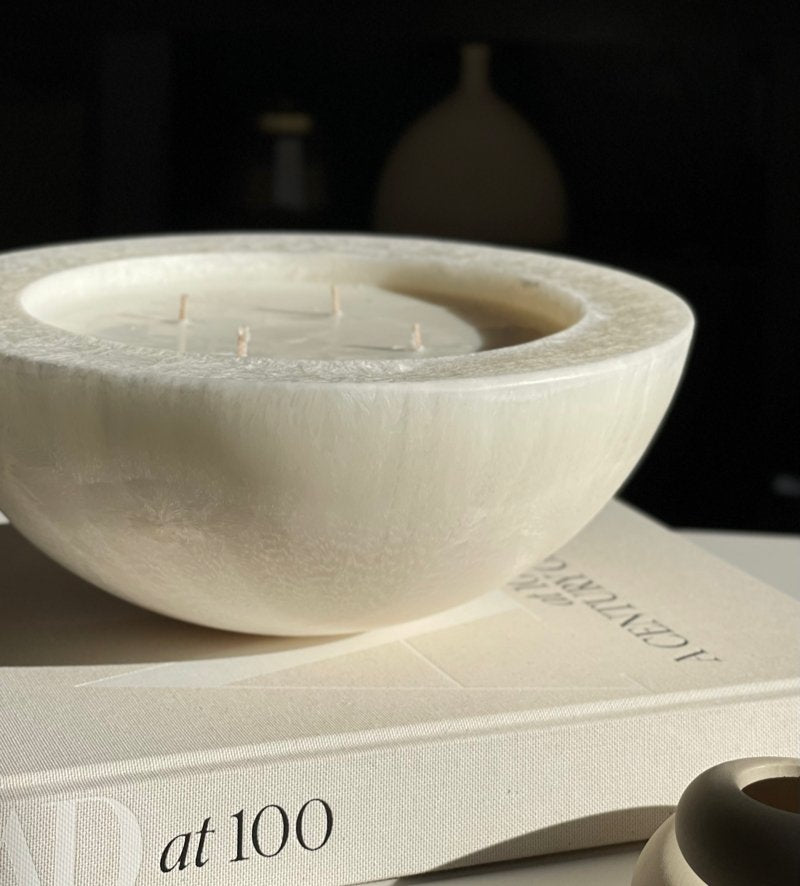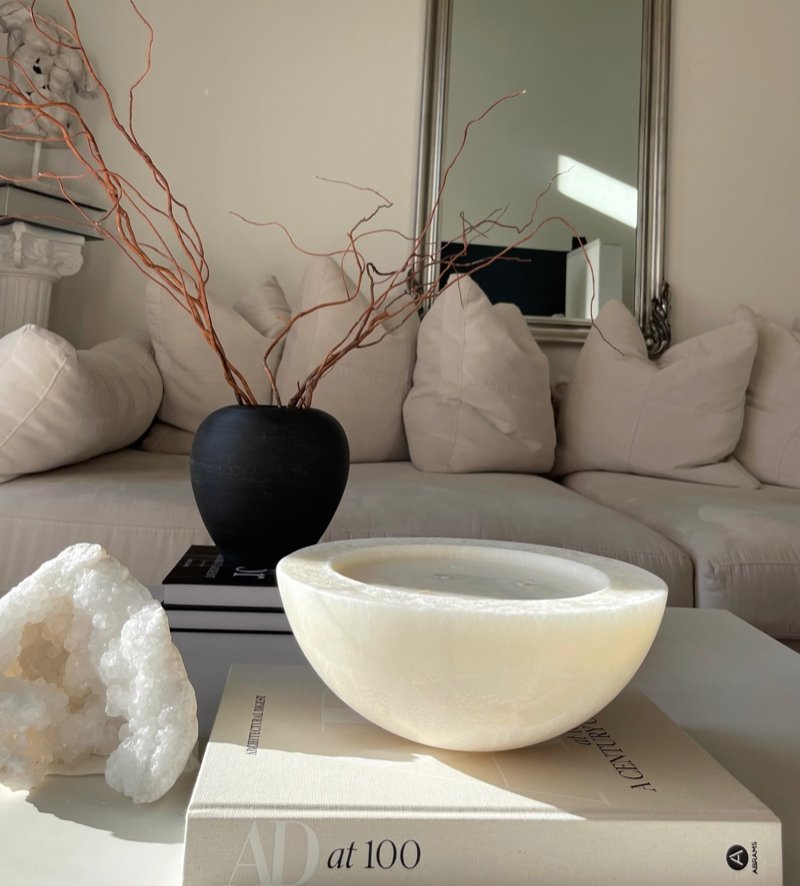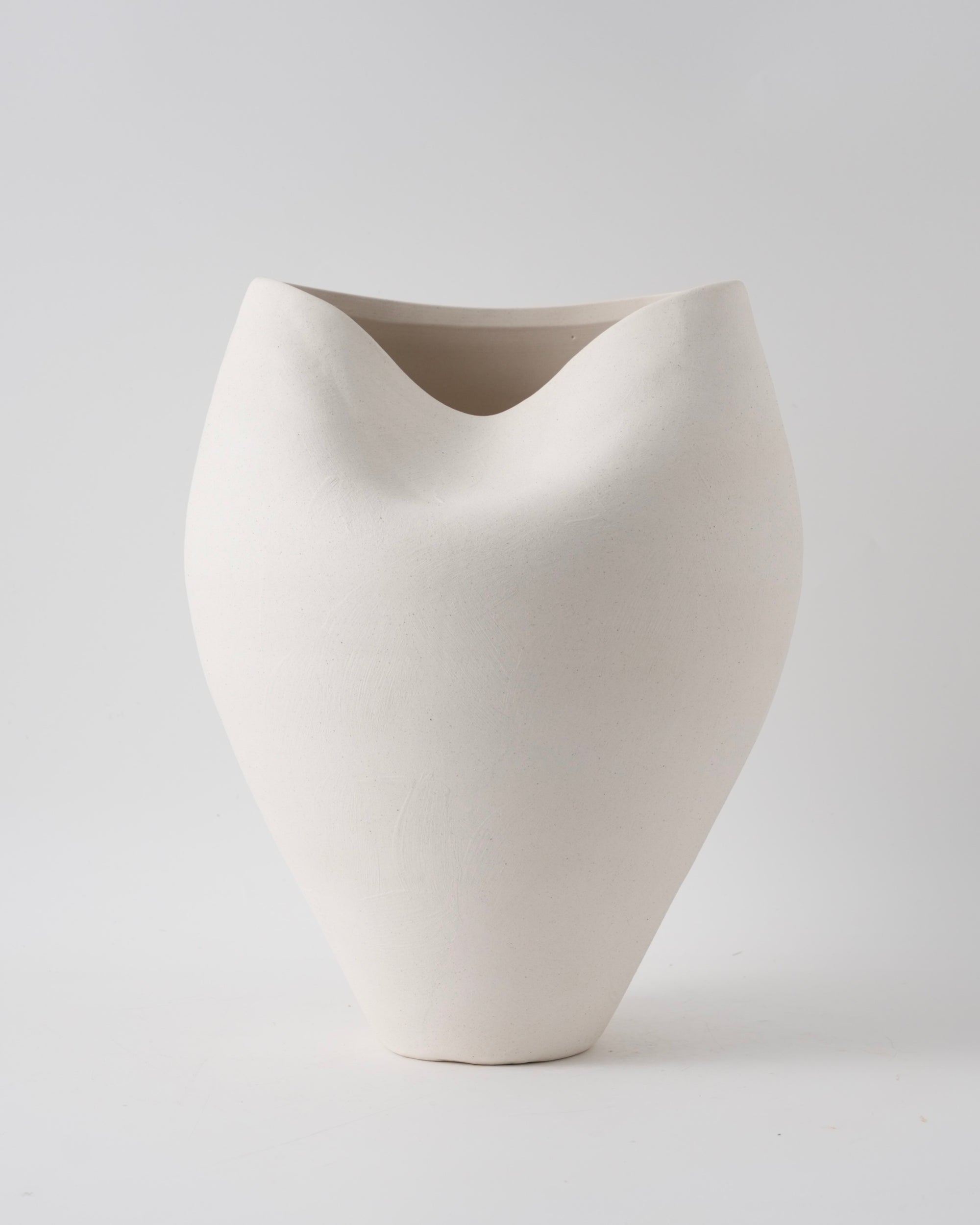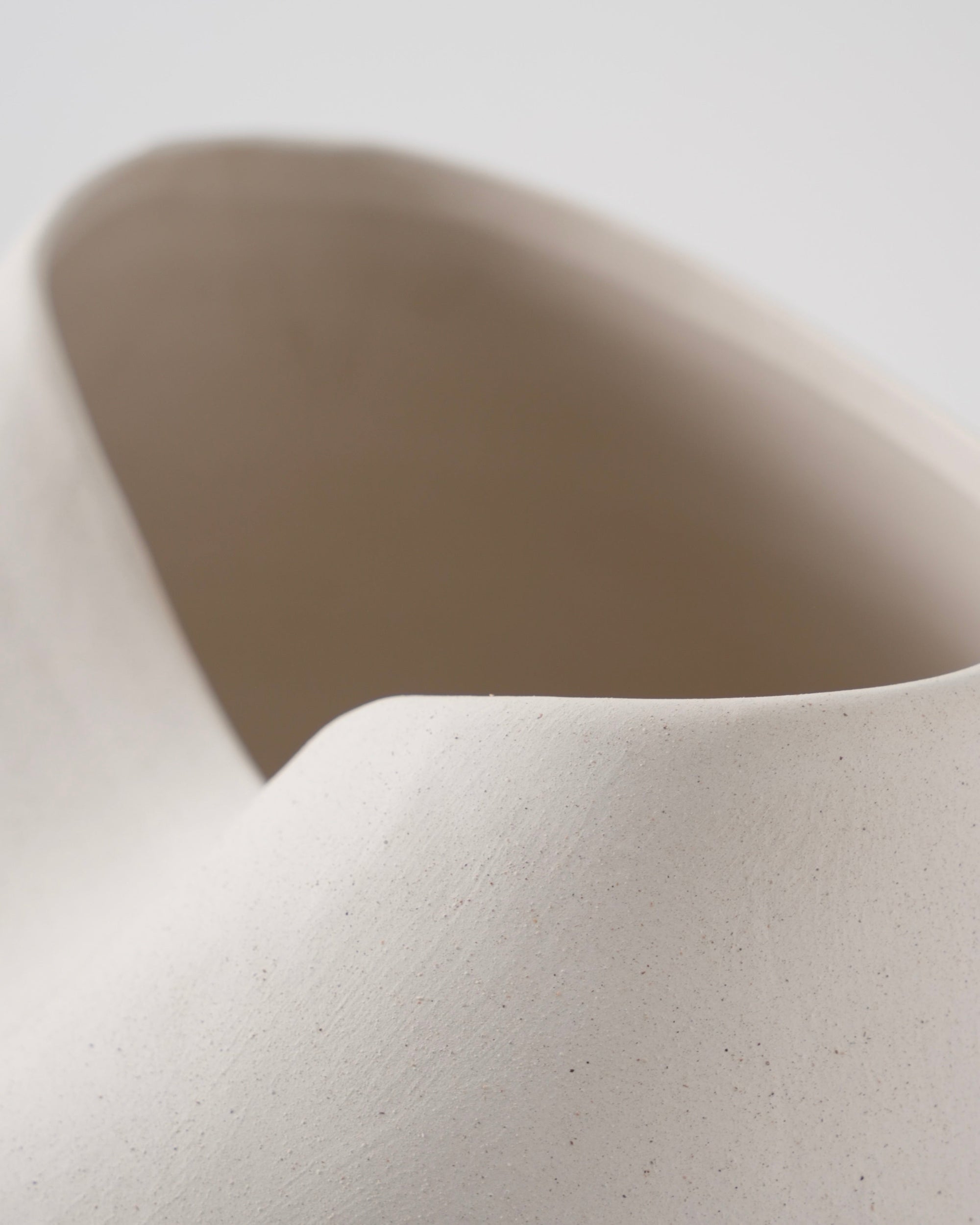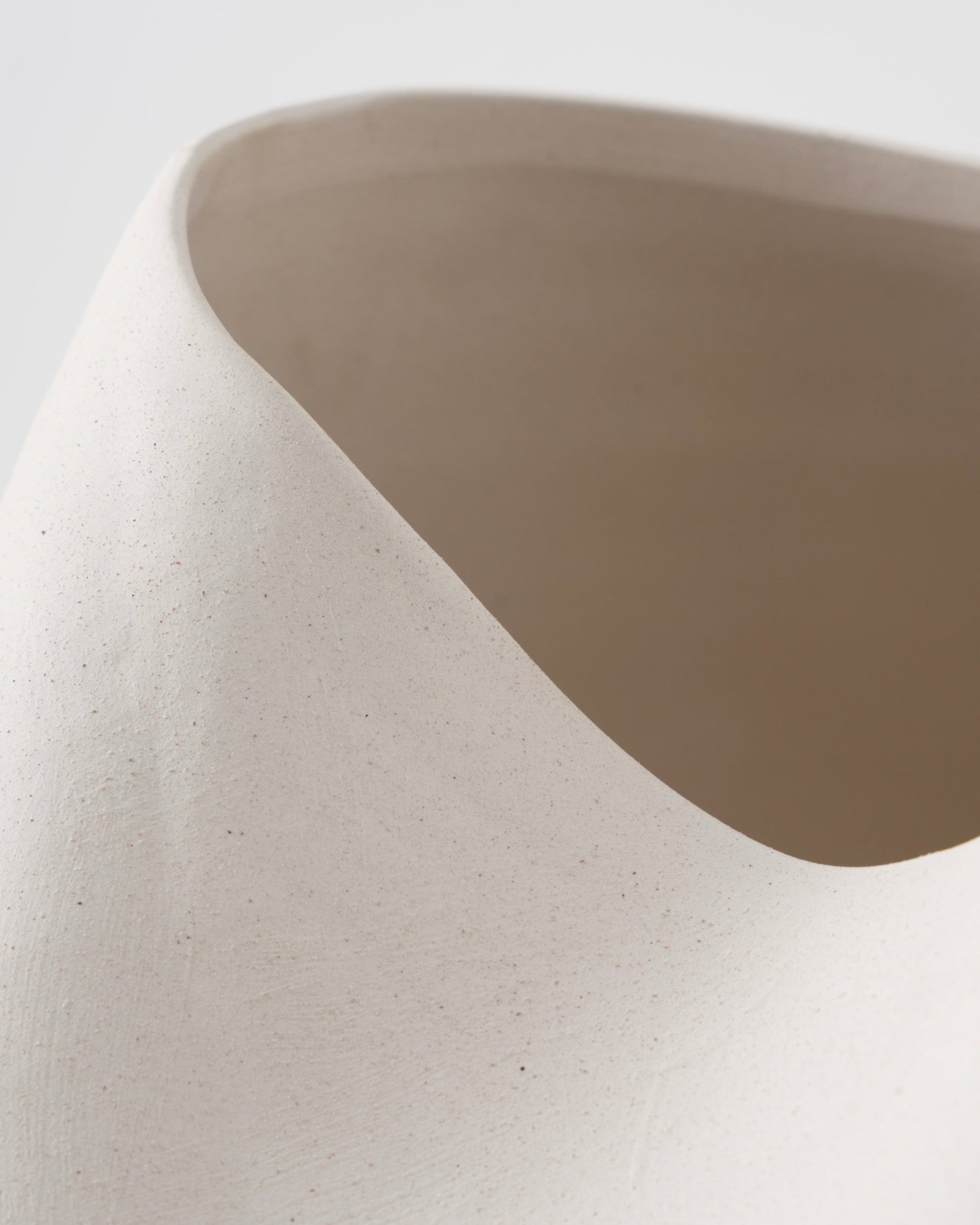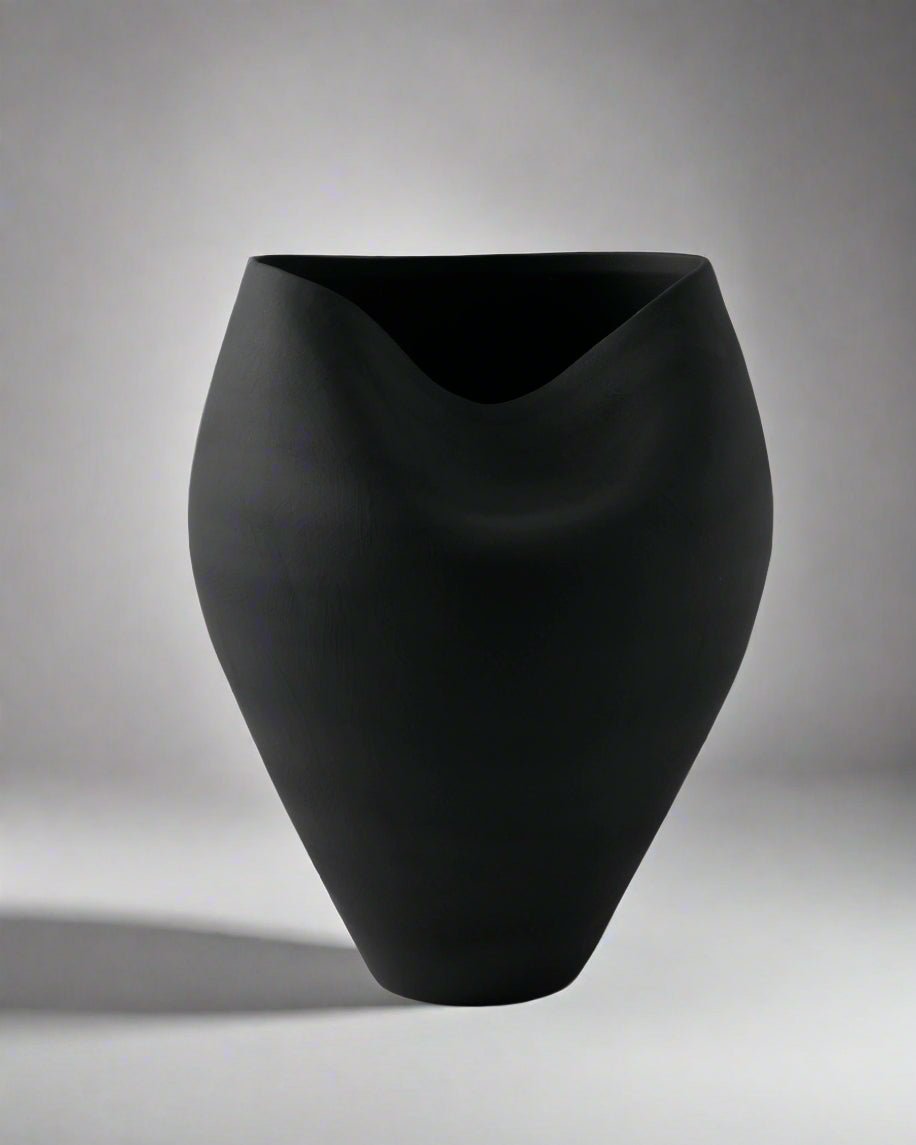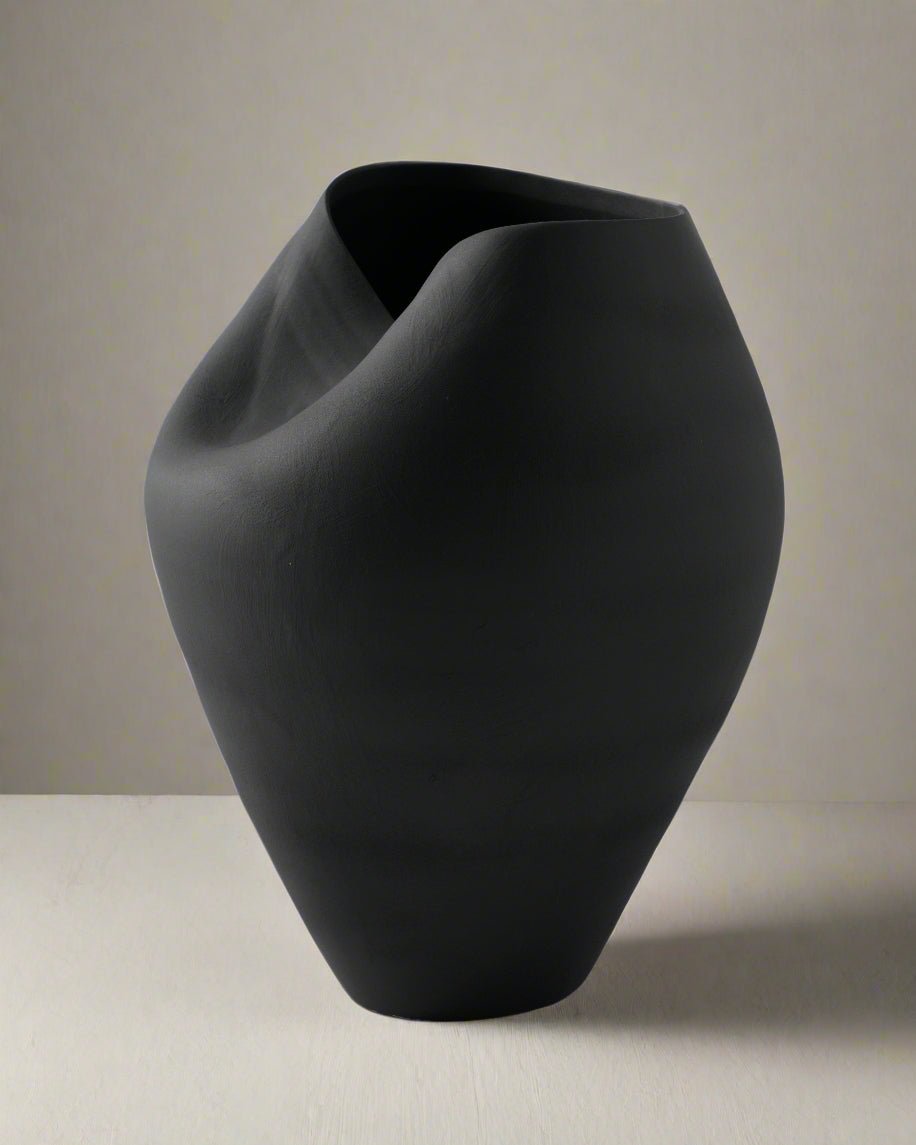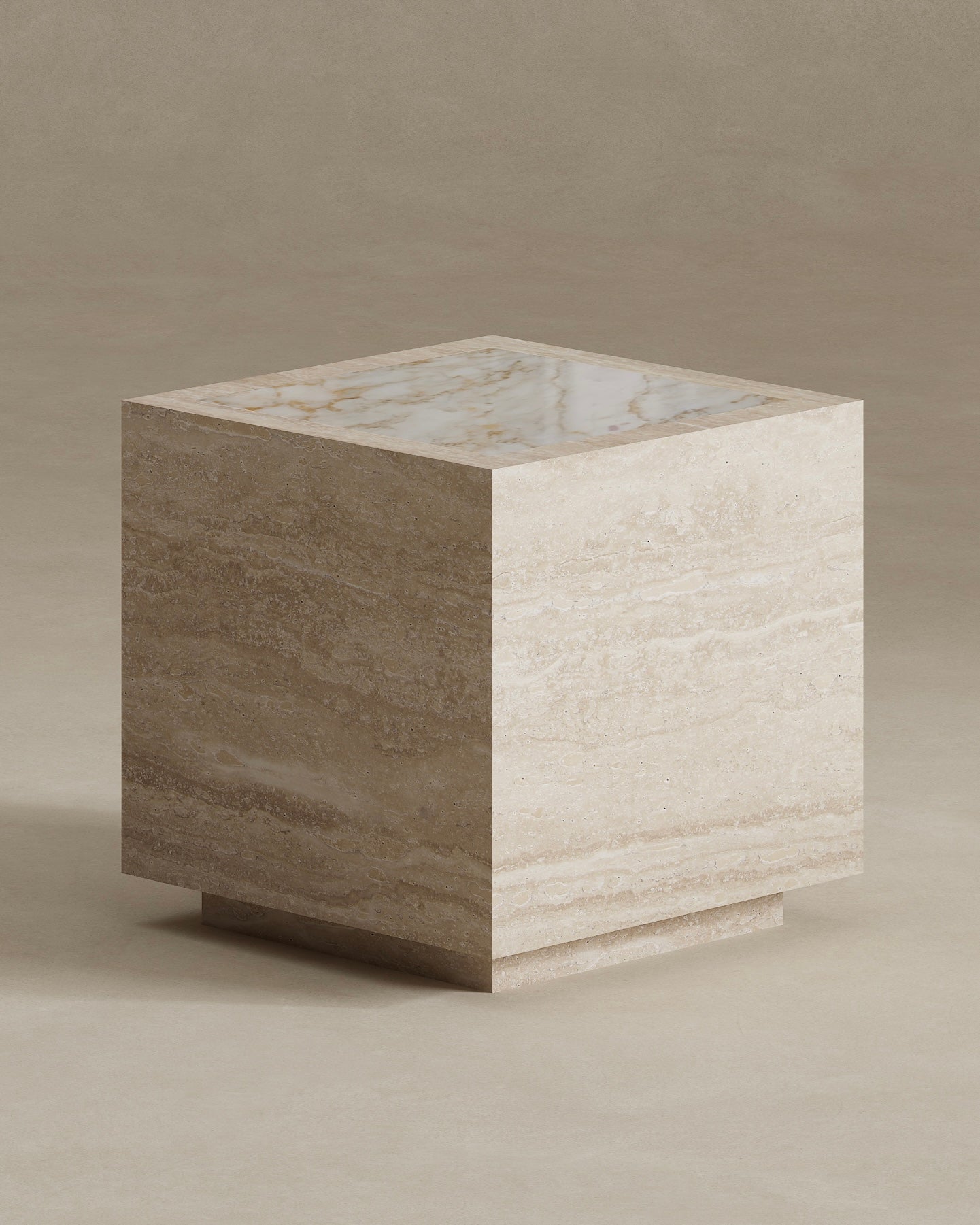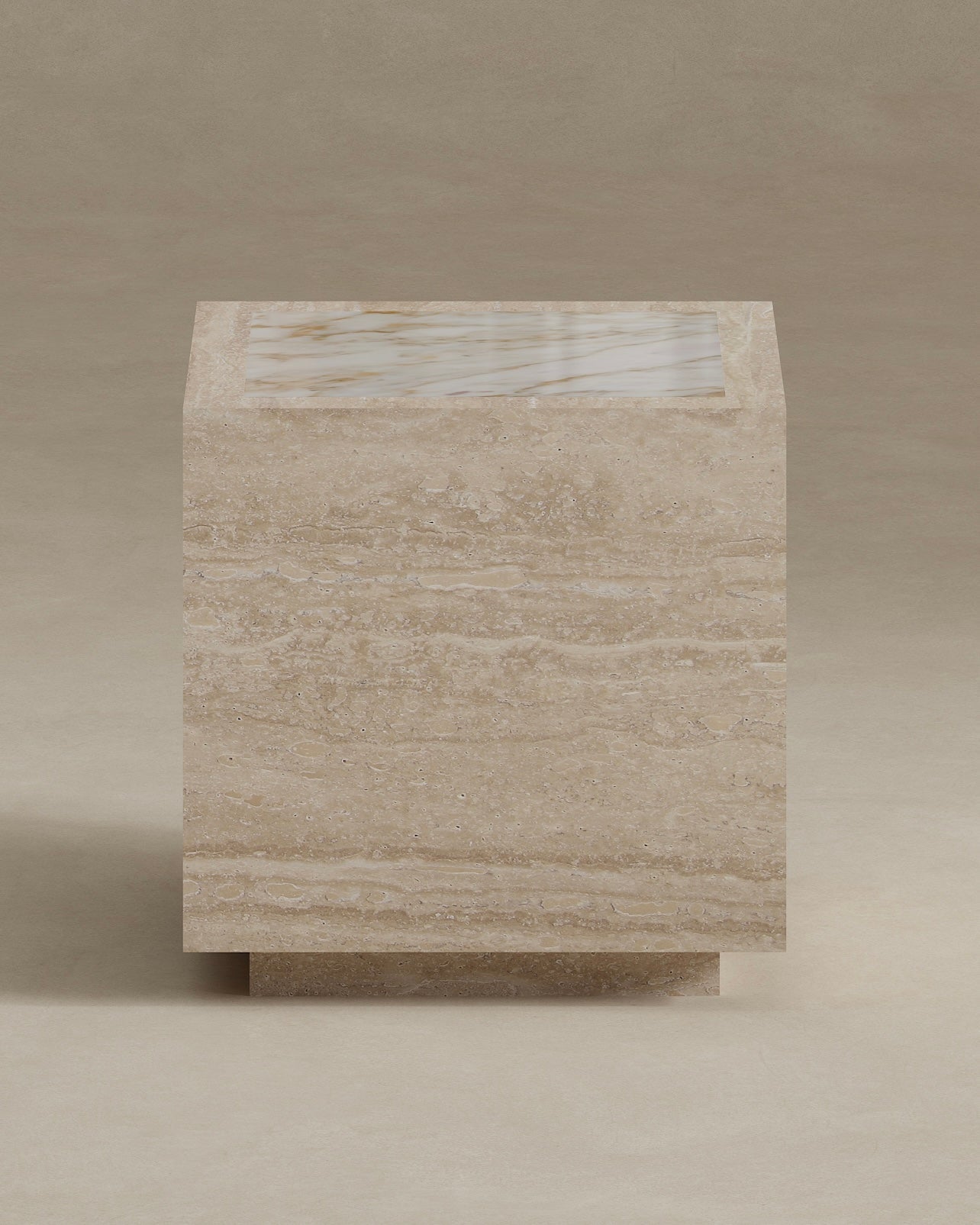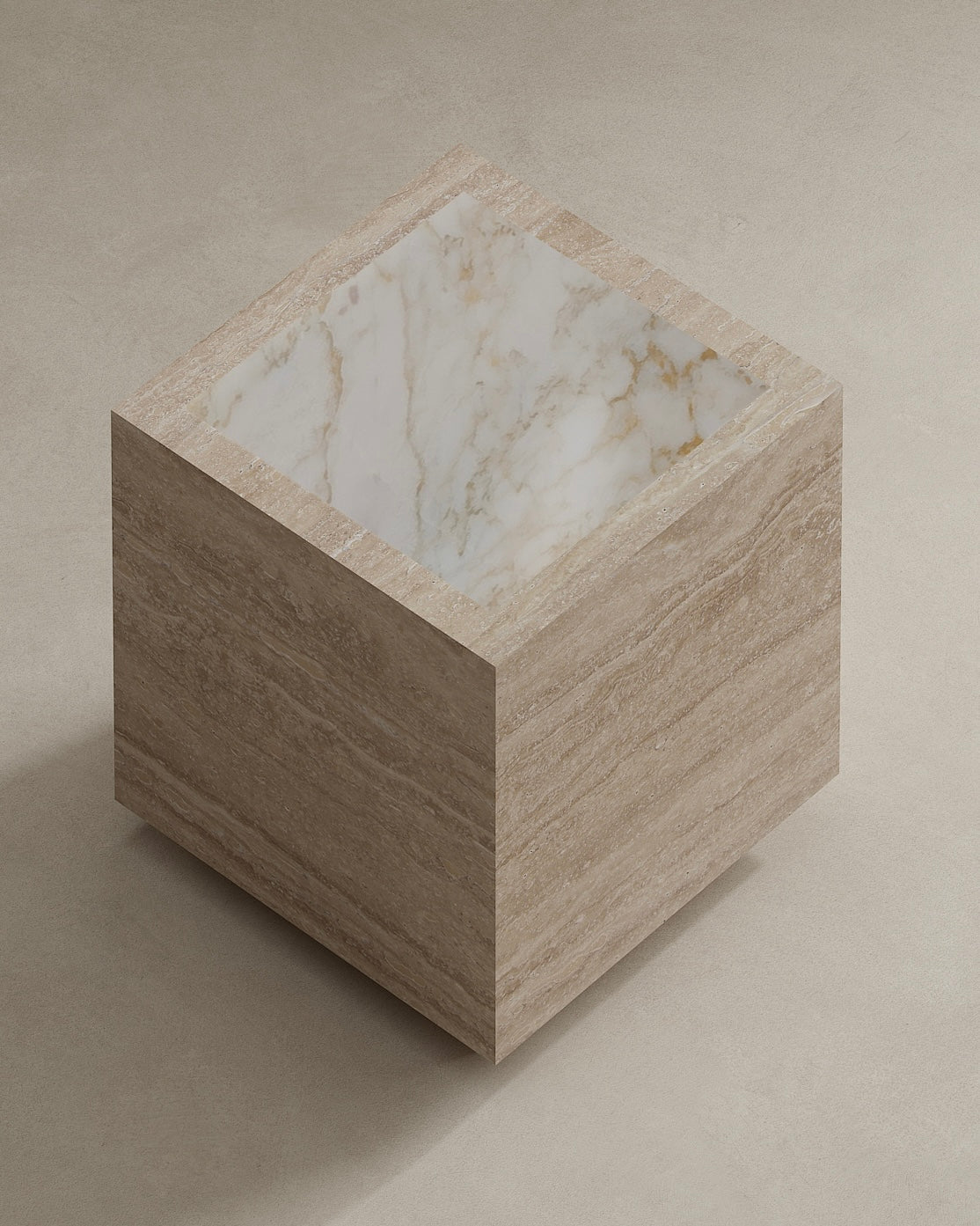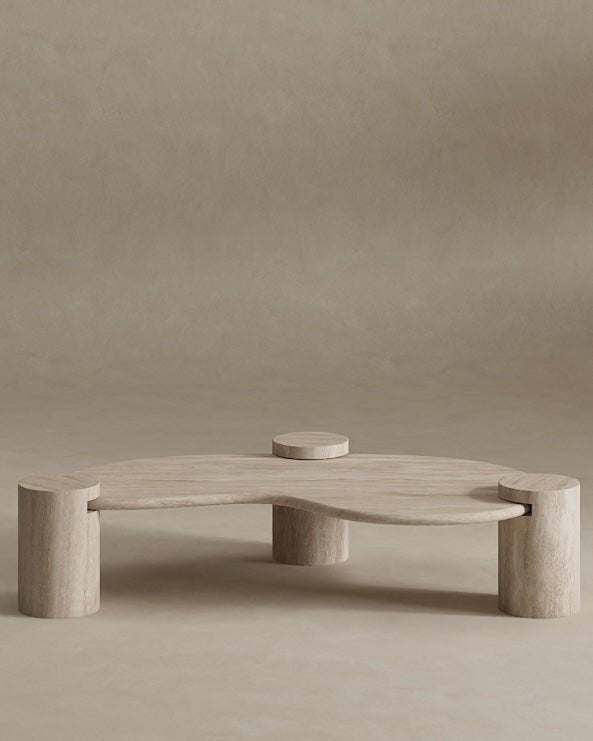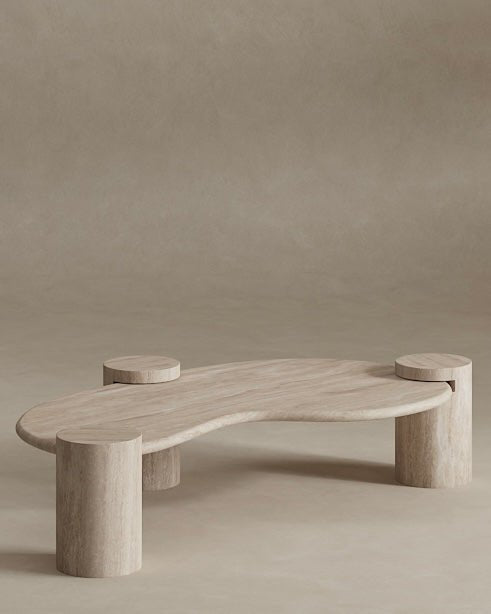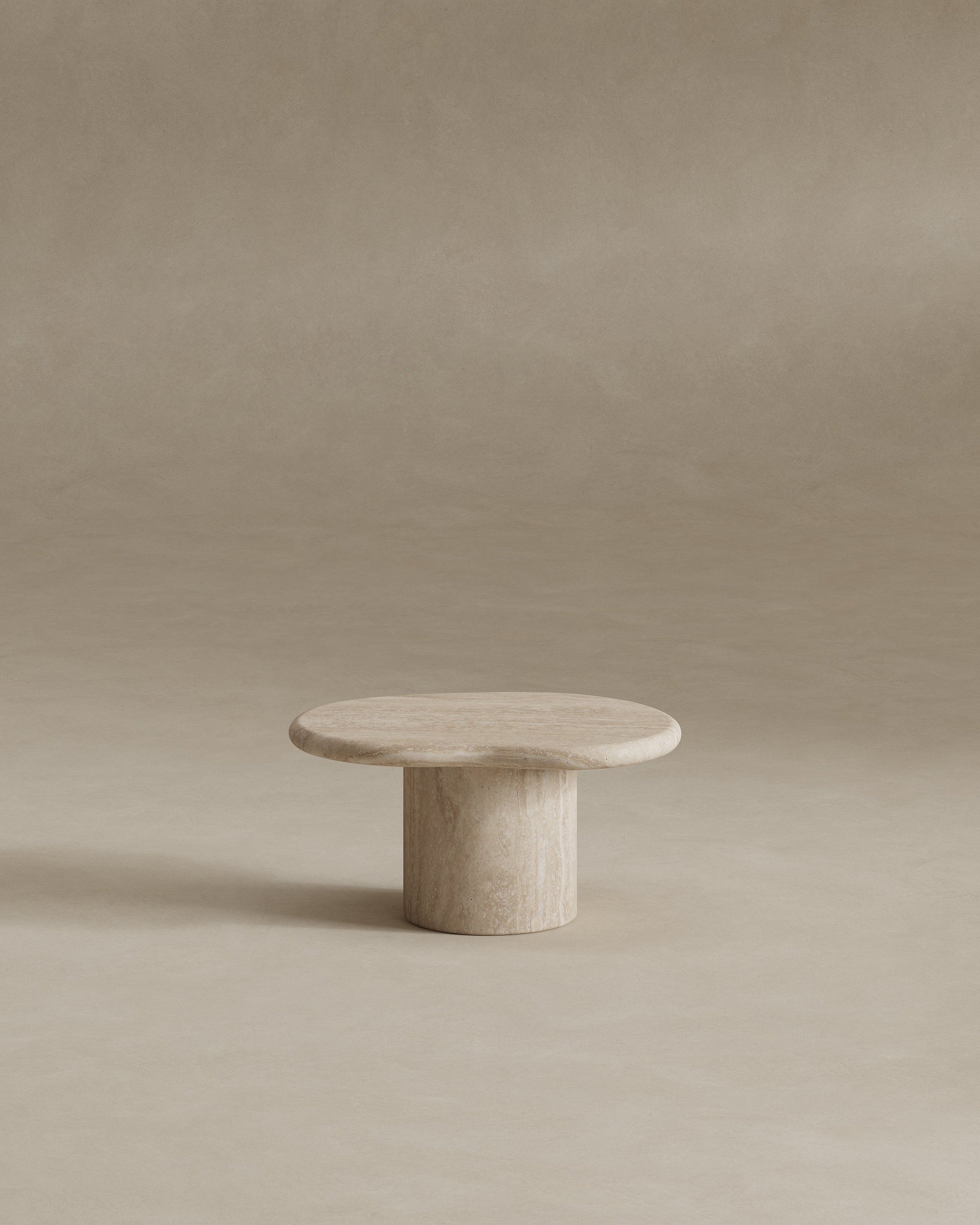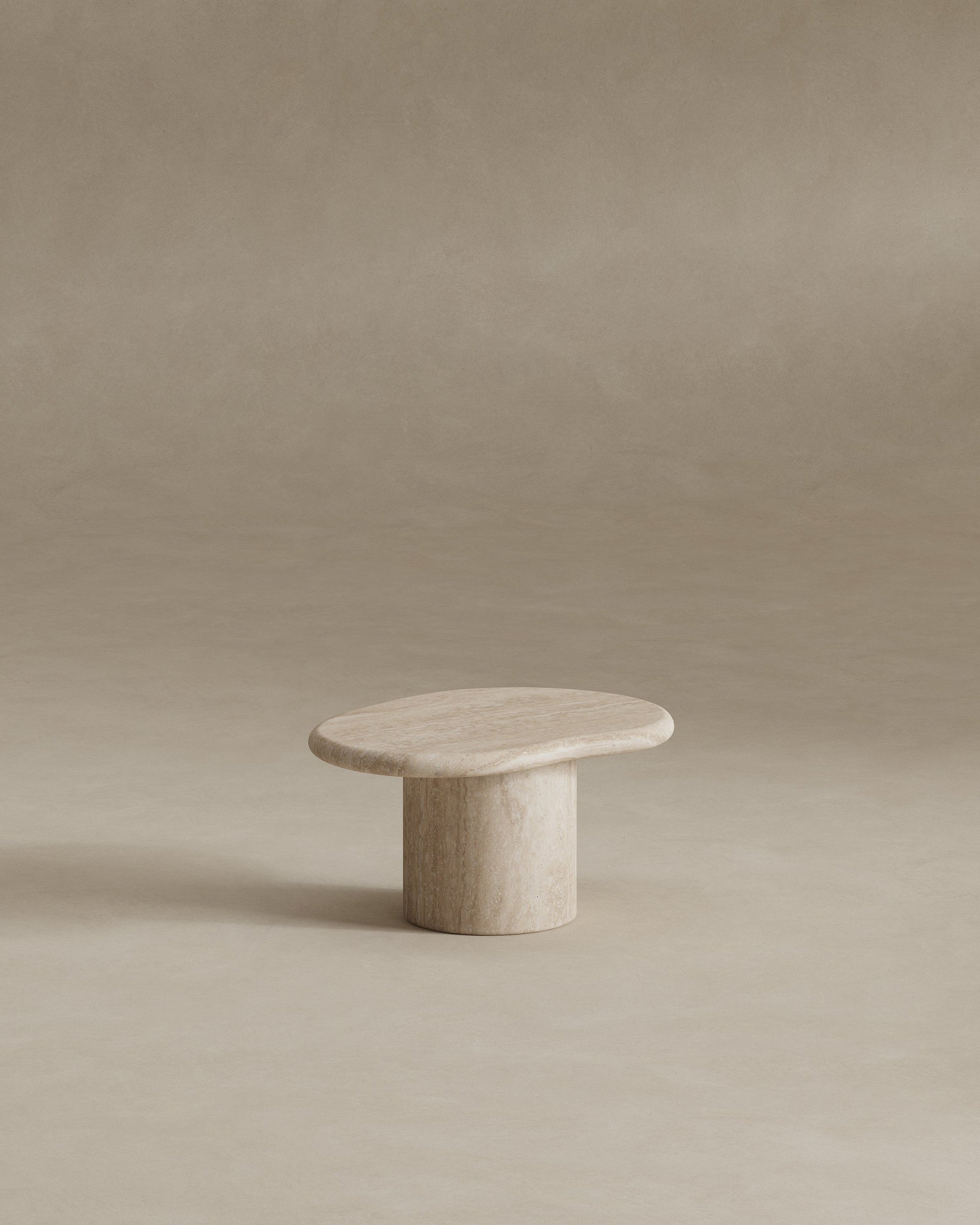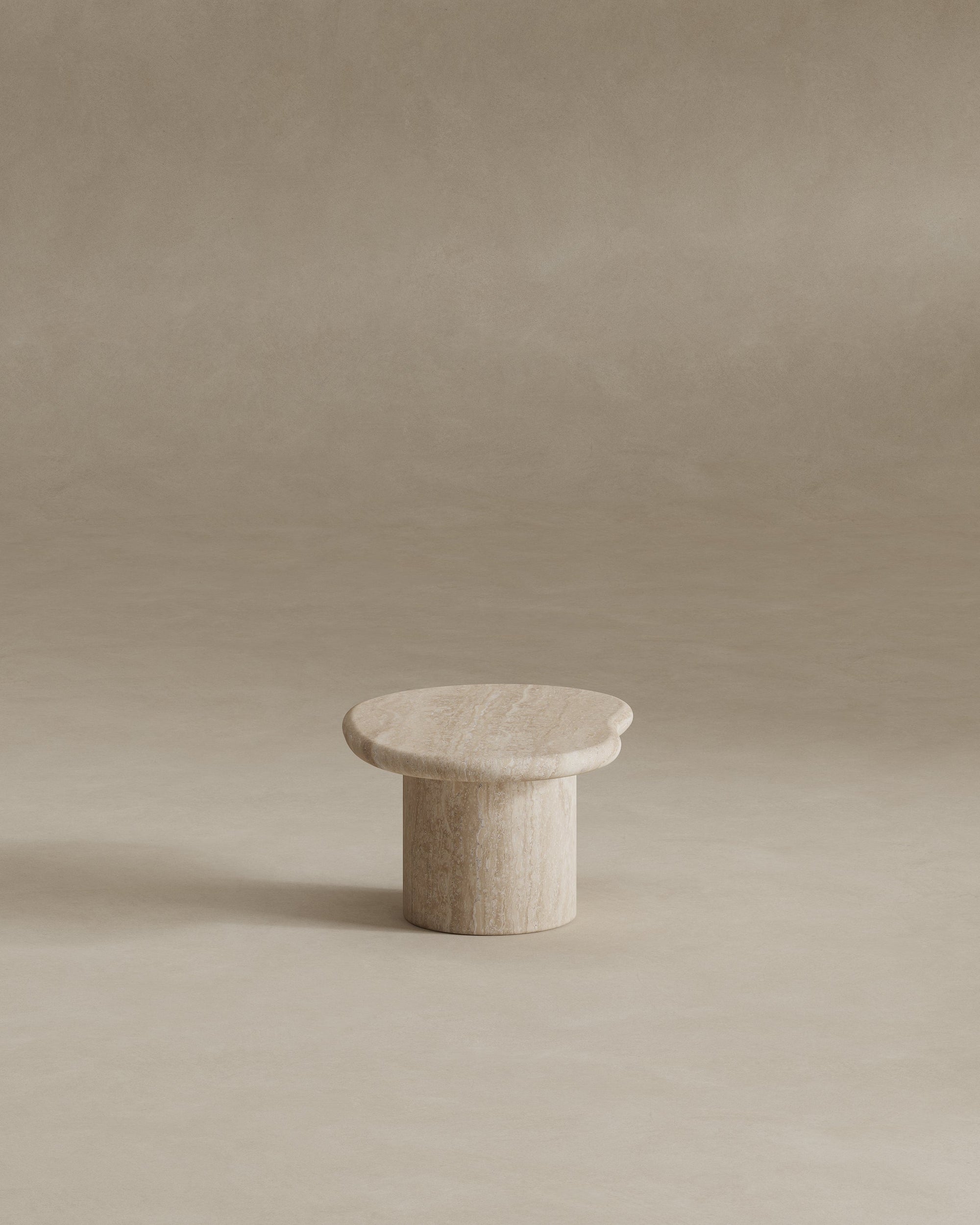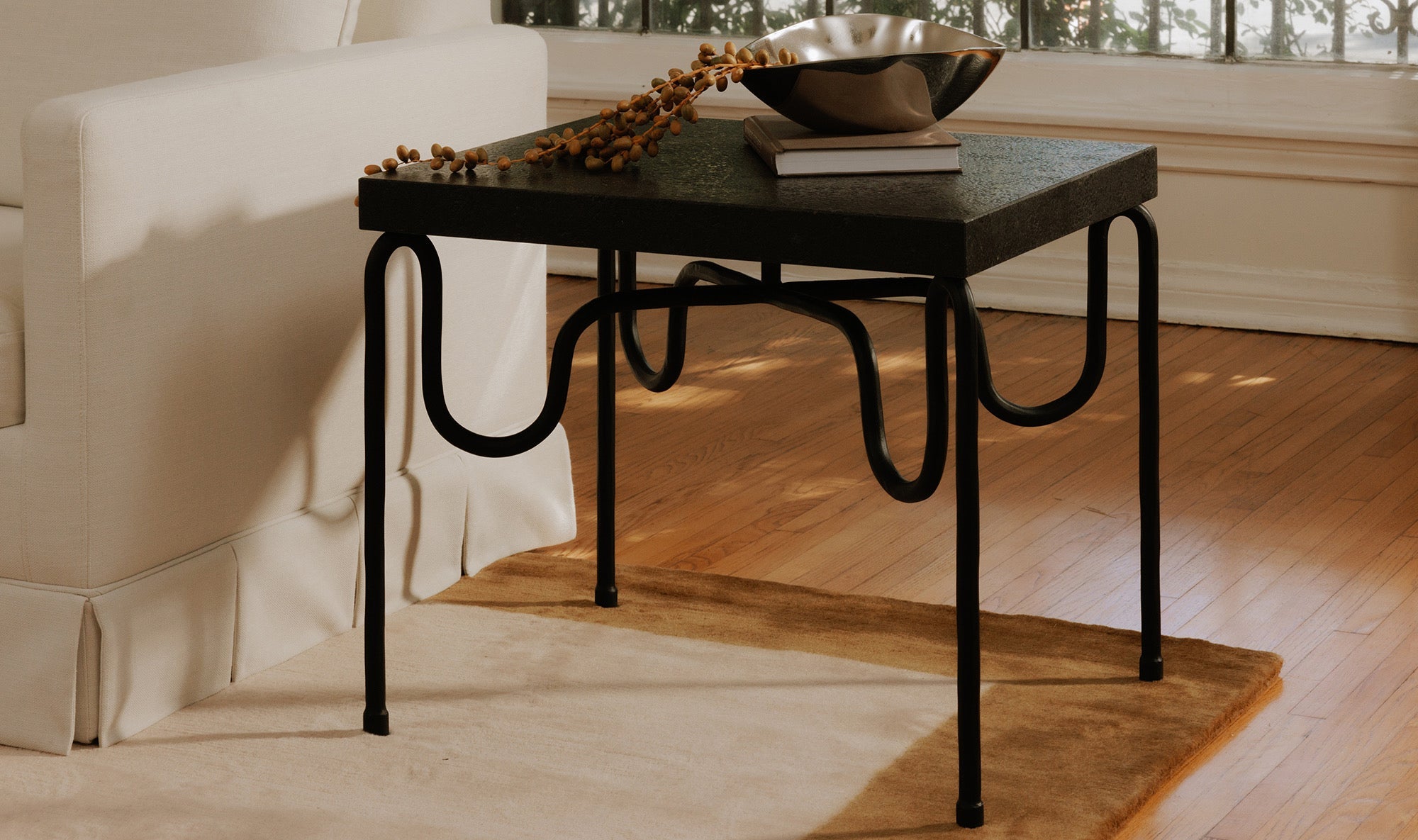At Bellari Home, the arrival of Nowruz is not just a date on the calendar but a cherished tradition deeply ingrained in our identity. As a company founded by individuals with Persian heritage woven into our foundation, celebrating Nowruz is a heartfelt homage to our roots and a testament to the vibrant culture we hold dear. The Persian New Year represents a time of rejuvenation, familial bonds, and cultural pride.
As the Persian New Year dawns upon us, it beckons forth a season of profound significance—a time marked not only by the turning of the celestial wheel but also by the resplendent blossoming of familial bonds, communal harmony, and cultural pride. Within the hallowed halls of Bellari Home, this occasion is met with exuberant reverence, each moment steeped in the timeless traditions and age-old customs that have been lovingly passed down through generations. Here, amidst the fragrance of blooming flowers and the warmth of flickering candles, we gather to honor the legacy of our forebears and to forge new memories that shall be cherished for generations to come.
Join us as we embrace the joyous festivities of Nowruz and share in the spirit of renewal and unity that defines this auspicious occasion.
About Nowruz

Nowruz, a celebration steeped in antiquity and heritage, heralds the arrival of spring with unparalleled grace and splendor. It is an ancient festival that has been celebrated for over 3,000 years and is observed by millions of people worldwide, particularly in countries with Persian cultural influence such as Iran, Afghanistan, Tajikistan, Azerbaijan, and parts of Central Asia.
The celebration tends to fall on March 20th or 21st – as these dates usually fall on the vernal equinox. Preparation for the celebration begins several weeks in advance, to make time for spring cleaning and the preparation of special meals and the Haft-Seen table.
As the spring equinox bestows its gentle touch upon the earth, Persian communities worldwide unite in reverence for this timeless festival of renewal. Found within the essence of Nowruz is the profound homage to nature's enduring cycle of rebirth and rejuvenation, transcending millennia to evoke a sense of collective reverence and awe.
This illustrious occasion is marked by an array of venerable customs and rituals, each imbued with deep symbolism and significance. From the meticulously curated Haft-Seen table, adorned with seven emblematic items, to the spirited gatherings of family and friends, Nowruz encapsulates the heart of Persian culture in its purest form. Against the backdrop of spring's resplendent coming, cherished traditions are upheld with unwavering devotion, fostering a sense of unity, camaraderie, and cultural pride.
Nowruz stands as a testament to the enduring legacy of Persian civilization, a beacon of hope and inspiration that transcends borders and generations. Through its timeless observance, we are reminded of the immutable rhythms of nature and the eternal spirit of renewal that dwells within us all.
The History of Nowruz
The exact historical origins of Nowruz are somewhat obscure, but it is believed to have been celebrated for thousands of years by various communities across the region. It is widely regarded as one of the oldest continuously observed festivals in the world.
Nowruz has its roots in the Zoroastrian religion, which was the dominant faith of ancient Persia before the advent of Islam. Zoroastrianism placed great emphasis on the veneration of nature, and Nowruz was originally a festival dedicated to the worship of the sun, fire, and other elements of the natural world.
Over time, Nowruz evolved into a secular and cultural celebration that transcended religious boundaries and became deeply ingrained in Persian culture. It has survived numerous political and social upheavals, including the Arab conquest of Persia and the spread of Islam in the region.
The Cultural Significance of Nowruz
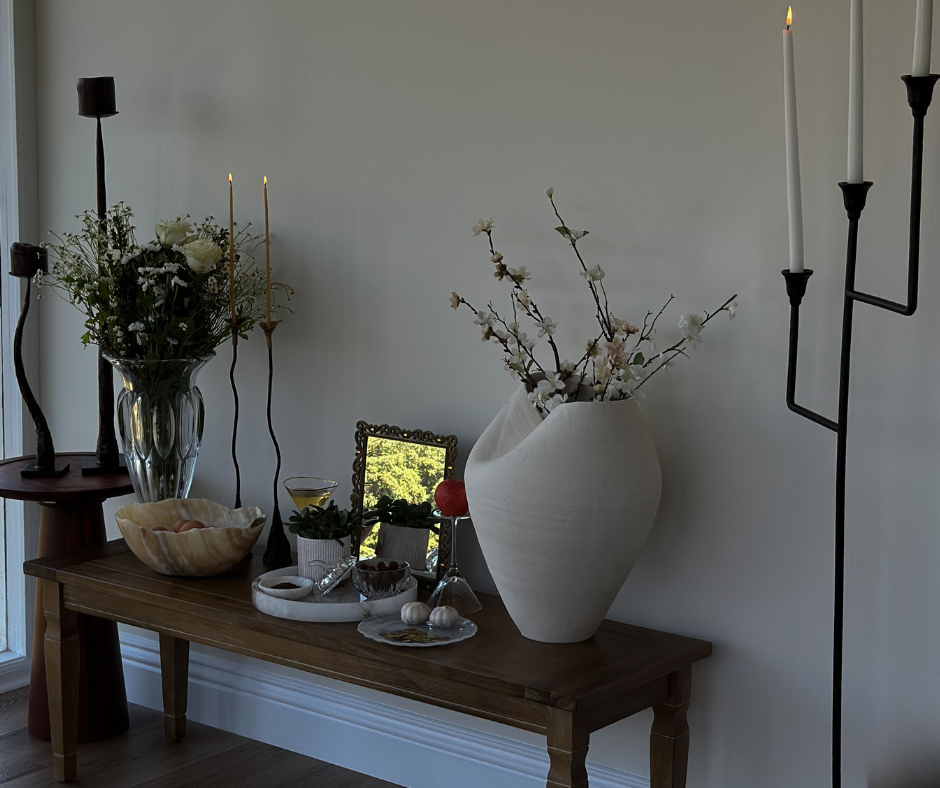
At its core, Nowruz is a celebration of life, nature, and the eternal cycle of rejuvenation that characterizes the changing of seasons. It serves as a time for reflection, gratitude, and renewal of familial bonds and cultural diversity, as communities come together to honor their shared heritage and collective resilience. Through rituals such as the setting of the Haft-Seen table, the lighting of bonfires on Chaharshanbe Suri, and the exchange of gifts and well-wishes, Nowruz fosters a sense of unity, solidarity, and cultural pride among different communities worldwide.
Moreover, Nowruz transcends geographical and religious boundaries, serving as a unifying force that brings people of diverse backgrounds together in celebration. It is a testament to the enduring resilience of Persian culture and the universal human desire for connection, renewal, and hope. As such, Nowruz holds a revered place in the hearts and minds of millions around the world, serving as a beacon of light and a reminder of the enduring power of tradition, community, and cultural heritage.
Celebrating Nowruz
Nowruz, the Persian New Year, is a cherished celebration that embodies the essence of renewal, rebirth, and cultural heritage. As the vernal equinox heralds the arrival of spring, Persian communities around the world unite in joyful observance of this ancient tradition. Preparation for Nowruz begins weeks in advance, as families engage in the age-old custom of "khane tekani," or spring cleaning, to purify their homes and welcome the new year with a sense of freshness and renewal. This meticulous process involves decluttering living spaces, dusting off cobwebs, and adorning homes with vibrant decorations, setting the stage for the festive season ahead.
Central to the Nowruz festivities is the iconic Haft-Seen table, a symbol of abundance, prosperity, and spiritual renewal. Adorned with seven symbolic items, each representing a different aspect of life and nature, the Haft-Seen table serves as a focal point for family gatherings and celebrations. From sprouted wheat or barley symbolizing rebirth to sweet pudding made from germinated wheat representing affluence, each item on the Haft-Seen table holds deep cultural significance and spiritual meaning. Families gather around the table to recite poetry, exchange well wishes, and reflect on the blessings of the past year while embracing the promise of a brighter future.
Nowruz is also a time for reconnecting with loved ones and strengthening bonds of kinship and friendship. Families visit relatives, particularly elders, to seek their blessings and exchange gifts as a gesture of goodwill and prosperity. The festive atmosphere is further enhanced by cultural events, music, dance, and traditional performances that showcase the rich tapestry of Persian culture. Fire jumping, known as Chaharshanbe Suri, adds an element of excitement and symbolism to the festivities as people leap over bonfires to "cleanse" themselves of the past year's misfortunes and welcome good fortune for the year ahead.
As the moment of the vernal equinox arrives, marking the official onset of Nowruz, families come together to observe rituals and traditions passed down through generations. Amidst the joyous laughter, heartfelt conversations, and sumptuous feasts, Nowruz reaffirms the bonds of family and community, fostering a sense of unity, gratitude, and hope for the future.
A Haft-Seen Table

The Haft-Seen table is a traditional centerpiece in the celebration of Nowruz, the Persian New Year. It consists of seven items with symbolic meaning, each starting with the Persian letter "seen" (س), pronounced as "s". The items typically included on this are as follows:
-
Sabzeh (سبزه) - Sprouted wheat, barley, or lentils, which symbolizes rebirth and growth.
-
Samanu (سمنو) - A sweet pudding made from germinated wheat that represents affluence and fertility.
-
Senjed (سنجد) - Dried oleaster fruit, which stands for love and compassion.
-
Seer (سیر) - Garlic, which symbolizes medicine and health.
-
Seeb (سیب) - Apples, representing beauty and fertility.
-
Somāq (سماق) - Sumac berries, symbolizing the sunrise and the victory of good over evil.
-
Serkeh (سرکه) - Vinegar, whic symbolizes patience.
Aside from these items, the Haft-Seen table may also include other symbolic items such as a mirror representing reflection and self-reflection, goldfish symbolizing life and the end of the astrological year, painted eggs representing fertility and new life, and candles symbolizing light and enlightenment.
The Haft-Seen table serves as a focal point for Nowruz celebrations, embodying the spirit of renewal, abundance, and hope for the coming year. Each item signifies deep cultural and spiritual significance, reflecting and honoring the values and aspirations of Persian culture.
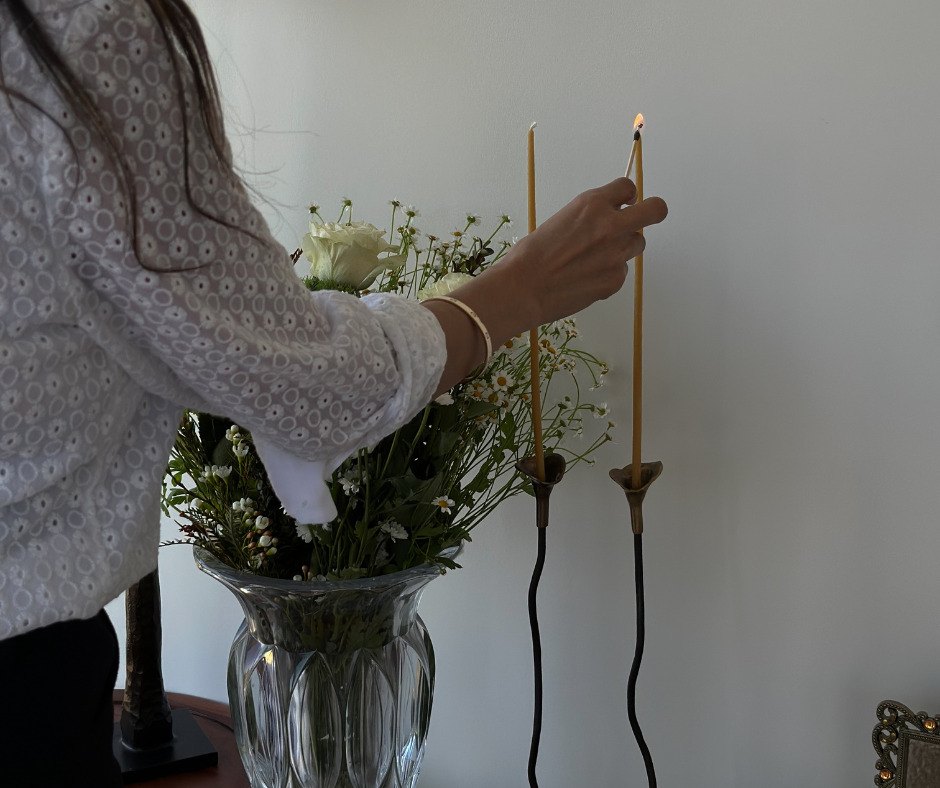
As we eagerly anticipate the arrival of spring, we are deeply honored to celebrate Nowruz, a cherished tradition that holds profound significance for individuals of our team. As we pay homage to the rich tapestry of Persian heritage woven into the very fabric of our organization, we are reminded of the enduring legacy of resilience, unity, and cultural pride that defines this auspicious occasion. Nowruz serves as a poignant reminder of the beauty of diversity and the power of shared traditions to unite us across cultures and continents. In embracing the spirit of Nowruz, we reaffirm our commitment to fostering inclusivity, embracing cultural diversity, and celebrating the unique contributions of every individual within our community. May the joyous festivities of Nowruz inspire us all to embrace renewal, cherish our shared heritage, and foster greater understanding and unity in the world around us.
Featured on our Haft-Seen Table is the Organic Alabaster Round Tray, Ferra Rose Candle Holders, Marble Key/Ring Bowl, Alabaster Plates, Roma Martini Glass, Delamo Vase and Symphony Onyx Bowl.

